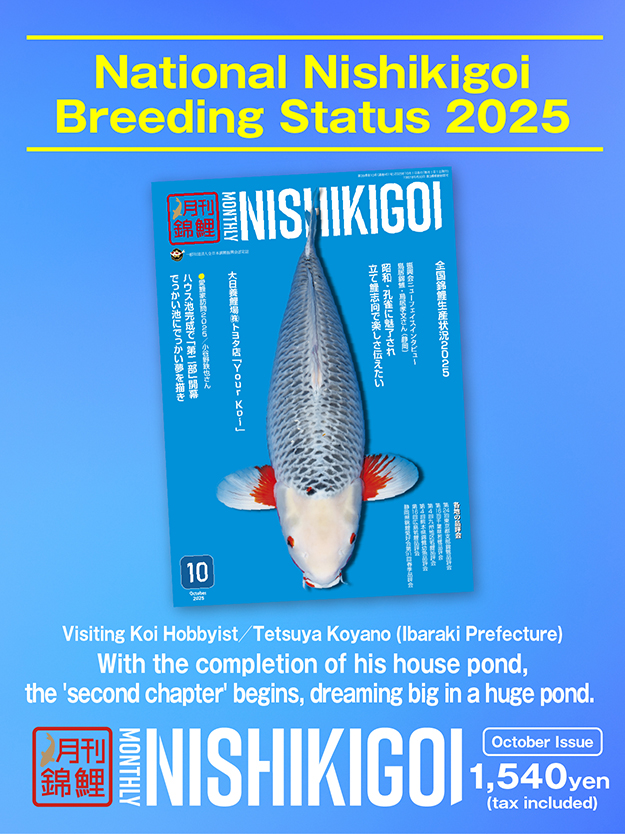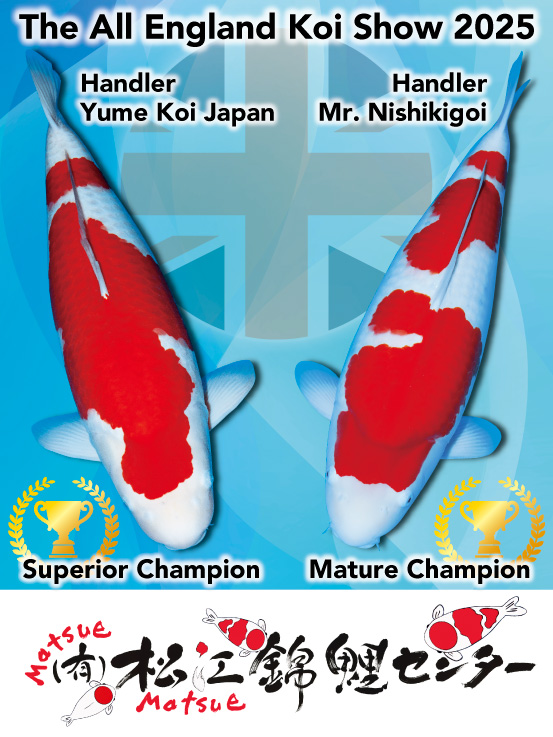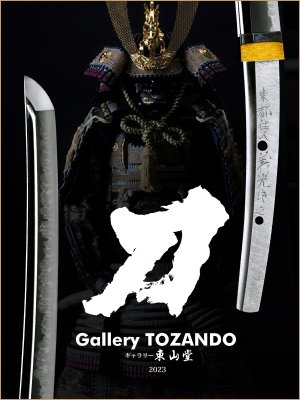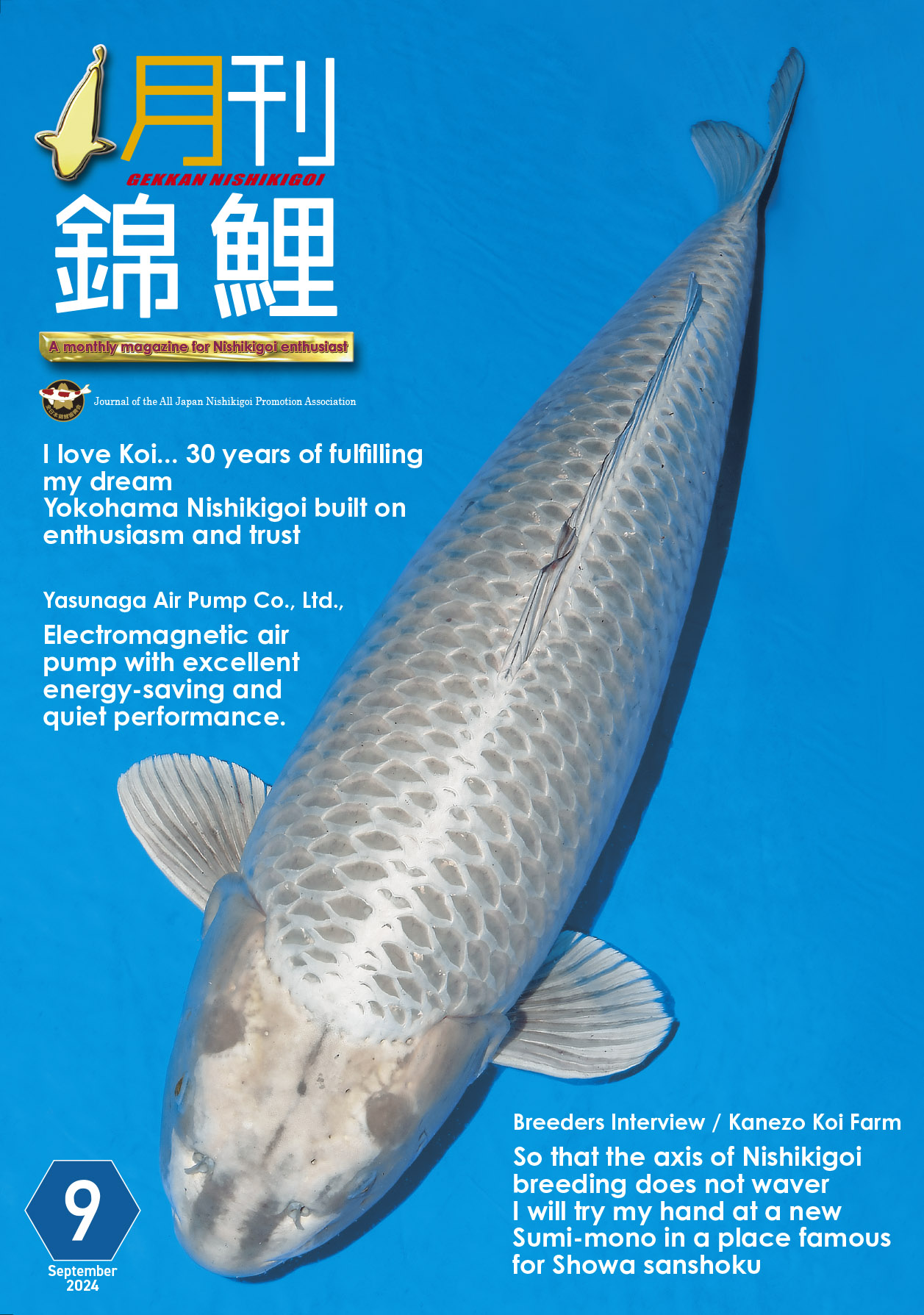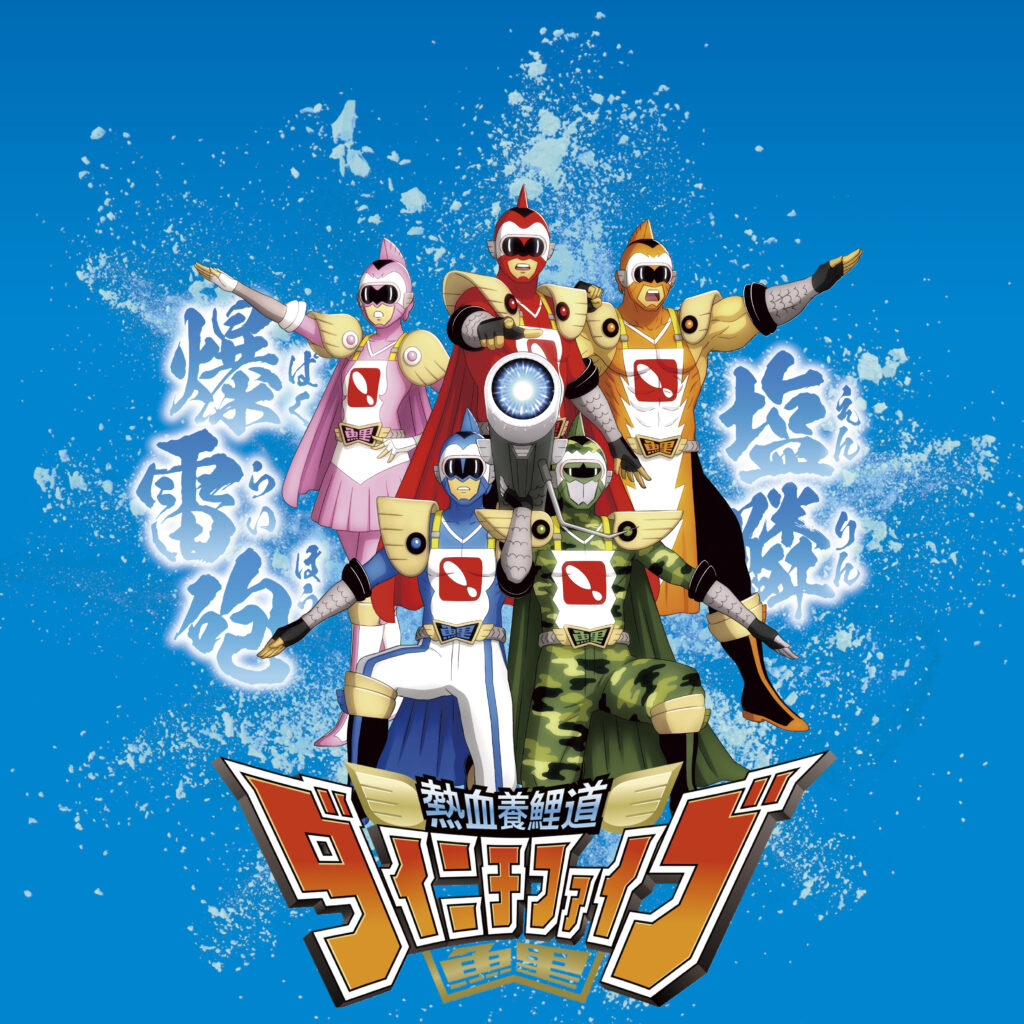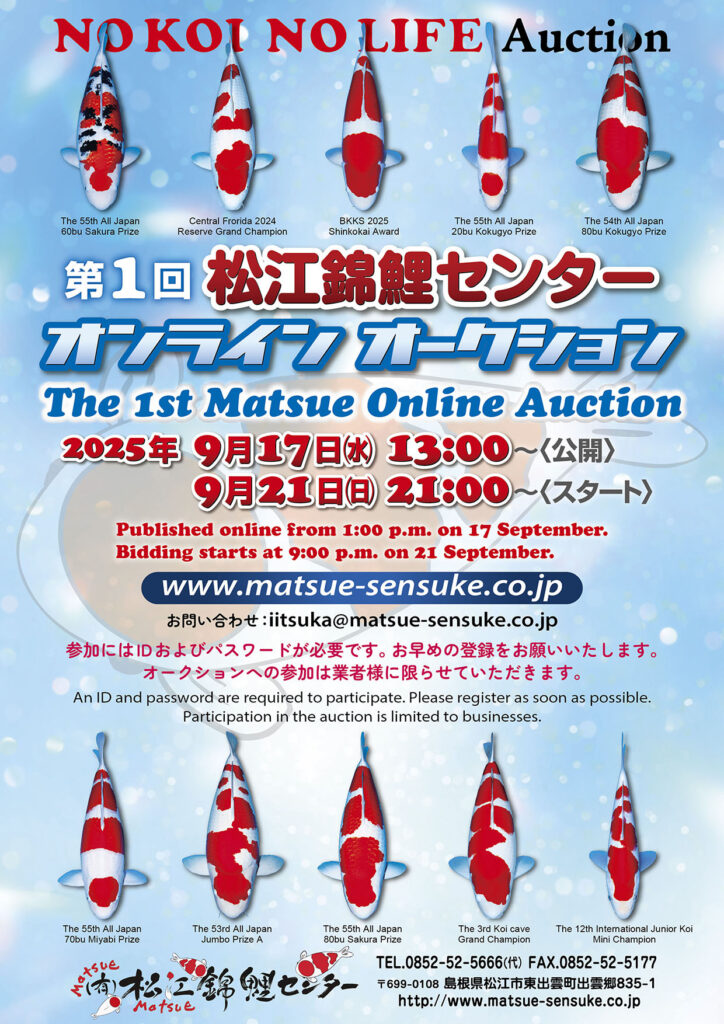ー So, when those kinds of koi are around, yours tend to look less impressive, right?
Tamaura: Exactly. That’s why we decided to change the body shape. So, at one point, we crossed a female kohaku from Sakai’s line with a male sanshoku we got from Mr. Sakai.
ー So, when it comes to improving body shape, using kohaku is the way to go?
Tamaura: In the beginning, we tried using male Sanshoku from Mr. Sakai to improve the body shape, but the success rate wasn’t great. They were still marketable, but the body shape didn’t change much. However, when we crossed that Kohaku with the Sanke, things changed dramatically.
ー Was it visibly different?
Tamaura: It was completely different. We kept several of those, and now that line is our main focus.
ー Use it to crossbreed with kohaku, will the sumi become weaker?
Tamaura: That’s definitely a possibility. From the selection process itself, it becomes unclear which ones to choose. Previous predictions might not hold true anymore. When we were working with just the sanshoku, we had a sense that, for example, a certain blue base would usually produce sumi, or that a particular pattern would result in a certain look. But now, it feels like the koi have completely changed. It’s become more challenging.
ー Is it simply that the sumi is harder to produce now?
Tamaura: Hmm, maybe it’s harder. Some still have it, though.
ー When was that improvement made?
Tamaura: There are 7-year-olds, but… it was a bit before that. Maybe around 10 years ago. Now, we’re working with the results of that change, experimenting with various combinations.
ー So, you’re still most particular about the sumi?
Tamaura: No, actually, it’s the red (laughs). Sumi is important too, but the red in the sanshoku and the red in the kohaku are different. I think we’re aiming for the kind of red you see in kohaku, where the sumi is well-defined.
ー Even though we say “red,” there are many shades, right?
Tamaura: There’s a kind of thick, orangey red, and then a slightly redder version of that. There are also deep, almost blackish reds, like glassware. It’s hard to explain because it’s so subjective, but I think we’re aiming for that thick, rich red. Not a pure red, but a bright, youthful kind of color.
ー Does the red change depending on the belly pattern, or does it vary even within the same belly pattern?
Tamaura: Since the female parents are from similar bloodlines, the red tends to be consistent. If anything changes, it’s more likely to be the sumi.
ー Do you use the Sakai line for the males?
Tamaura: Yes, that’s right. Along with the ⑭ Sakai line.
ー With the Sakai line being the mainstream for sanshoku, how do you make it your own, the Tamaura style?
Tamaura: Even when raising 2-year-olds, the selection process makes a big difference. That’s where our unique color comes through, I think.
ー How would you describe the appeal of Tamaura sanshoku?
Tamaura: The red is beautiful, and the sumi… it’s effective.
ー Effective?
Kuninori: Effective… that’s a good way to put it. It’s not just about whether it’s there or not, but how it works. Saying “there’s sumi” is a bit different—it’s not just about having it, but about it being effective.
ー I see.
Tamaura: Not all of them are like that, though. And the positioning is important. The sumi shouldn’t overlap too much. It’s not bad if they overlap with the hi , but they tend to move around.
Hidemi: I simply think they’re beautiful. It might sound like I’m praising my own koi, but…
Tamaura: Yeah, that’s true (laughs).
ー (Laughs).

Grand Champion / 55bu Taisho-Sanshoku/ Tsuyoshi Kawaguchi
Handled: Beppu Koi Farm


